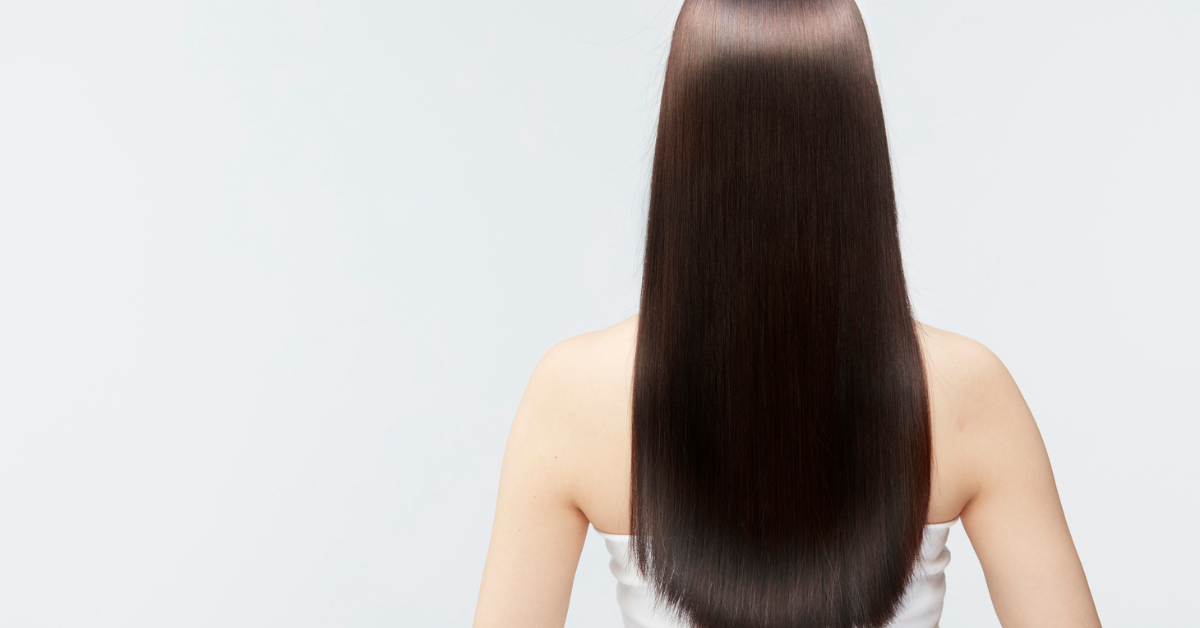
How to Choose the Perfect Halo Hair Extensions for Your Hair Type

*Collaborative Post
Halo hair extensions give instant length and volume without glue, clips, or salon visits. They rest on the head with a thin, invisible wire and blend naturally with existing hair. The perfect halo hair extension depends on hair type, thickness, and texture, so choosing the right match makes all the difference.
Someone with fine hair may need a lightweight piece to avoid bulk, while thicker hair often requires more grams for a seamless blend. Length and texture also matter, since extensions that do not match natural hair can look uneven or artificial. By focusing on these details, anyone can achieve a natural, polished look.
The right choice also depends on lifestyle and styling habits. Some prefer shorter halos for everyday wear, while others choose longer lengths for a more dramatic change. With the right selection, halo extensions can look natural, feel comfortable, and last with proper care.
How to Select the Best Halo Hair Extensions for Your Hair Type
Choosing the right halo extensions depends on more than just color. The wire design, natural hair texture, length, and weight all affect how well the extensions blend and feel throughout the day.
Understanding Halo Hair Extensions and the Invisible Wire
Halo extensions use a thin, clear wire that rests on the crown of the head. The user’s own hair covers the wire, which keeps the extensions hidden while distributing weight evenly. This design avoids clips, glue, or tight braids that can cause breakage.
A key advantage is comfort. The wire does not pull at roots, so it works well for fine or thinning hair. It also allows quick application and removal without professional help.
Different brands use various materials, but many people prefer human hair for styling flexibility. However, synthetic blends can also provide a natural look at a lower cost. For example, affordable halo extensions by Thathair utilizes a lightweight fiber blend that closely resembles natural hair.
Identifying Your Natural Hair Type and Texture
The first step in choosing the right halo extension is to identify the natural hair type. Straight, wavy, curly, or coily textures each require a different match to create a seamless blend.
Hair density also matters. Someone with fine hair may need a lighter halo to avoid bulk, while thick hair often pairs better with a heavier piece for balance.
Color matching should focus on the ends rather than the roots. Since extensions sit below the crown, blending with the tips creates a more natural result. Multi-tonal shades can help match highlights and lowlights without needing a perfect single-color match.
Choosing the Right Length and Weight
Length affects both appearance and practicality. Extensions that are only 2–4 inches longer than natural hair usually blend best. Extra-long halos can create a dramatic look but may require more maintenance to prevent tangling.
Weight is measured in grams. A 100–120g halo works for finer hair, while 150g or more suits thicker hair or those wanting more volume. Too much weight on thin hair may cause slipping, while too little weight on thick hair can look uneven.
It is better to select a balanced length and weight combination that matches lifestyle. For daily wear, medium lengths often feel more manageable than very long styles.
Matching Texture: Straight, Wavy, Curly, or Coily Extensions
Texture matching is just as important as color. Straight halos create a sleek finish but may not blend with naturally curly strands. Wavy pieces add body and movement, making them a good choice for soft, natural volume.
Curly halos work best for defined ringlets, while coily options match tighter curls and natural Afro-textured hair. Choosing the right texture prevents the extensions from looking separate from natural hair.
Heat styling can adjust human hair halos, but synthetic blends may have heat limits. Therefore, selecting the closest natural match reduces the need for frequent styling and helps the extensions last longer.
Guaranteeing a Seamless Blend, Comfort, and Long-Term Care
Halo hair extensions should look natural, feel secure, and last with proper care. The right color match, quality material, comfortable fit, and consistent upkeep all play a role in how well they blend with natural hair and how long they remain in good condition.
Color Matching Techniques for a Natural Look
The most important step in achieving a seamless blend is proper color matching. Extensions that are too light or too dark create a visible line where natural hair ends. Matching should focus not only on the base shade but also on undertones such as warm, cool, or neutral.
Stylists often recommend matching extensions to the mid-lengths and ends of the hair rather than the roots. This avoids a mismatch since roots may be slightly darker. For layered or highlighted hair, choosing a shade with mixed tones can create a more natural effect.
Lighting also matters. A shade may look different indoors compared to natural daylight. For accuracy, it is best to check the color in natural light before making a final choice.
A proper trim after placement can also help blend the extensions. Cutting both the natural hair and the halo together removes any harsh lines and creates a smooth transition.
Evaluating Extension Material: Human Hair vs. Synthetic
The type of hair used in halo extensions affects both appearance and care. Human hair extensions, especially those made from Remy hair, offer the most natural look. They allow heat styling, can be washed with sulfate-free shampoo, and usually last longer with proper care.
Synthetic hair extensions cost less but have limitations. They often cannot handle heat tools and may not blend as well with natural hair. They also tend to wear out faster, especially with frequent use.
For those who want flexibility in styling, human hair remains the better choice. It can be curled, straightened, or even dyed slightly to match natural tones. Synthetic hair, however, may be suitable for short-term use or for those who want a low-maintenance option.
The decision often comes down to budget, styling habits, and how often the extensions will be worn.
Prioritizing Fit, Comfort, and Security
A halo extension sits on the head with a thin, adjustable wire. The correct fit prevents slipping and avoids tension on natural hair. If the wire feels too tight, it can cause discomfort, while a loose wire may shift out of place.
Comfort depends on proper placement. The extension should rest about one to two inches back from the hairline. Natural hair is then pulled over the wire to cover it, creating a concealed look.
Security also matters for daily wear. Adjusting the wire to the right length and thickness helps keep the piece stable. Some people may find that layering halos or combining them with other pieces helps achieve a fuller style without sacrificing comfort.
A well-fitted halo should feel light and natural, allowing the wearer to move freely without constant adjustment.
Basic Maintenance and Care Tips
Proper care extends the life of halo hair extensions and keeps them looking natural. Washing should be done only when the hair starts to feel heavy with product buildup. Over-washing can dry the hair out, especially if it is human hair.
Always use a sulfate-free shampoo and a lightweight conditioner. Sulfates strip moisture, which weakens the strands and reduces shine. After washing, gently pat the extensions dry with a towel instead of rubbing them.
Brushing should be done with a wide-tooth comb or a brush designed for extensions. Start at the ends and work upward to avoid pulling or breaking the hair.
Storage also plays a role in longevity. Keeping the halo in a clean, dry place, preferably in a storage bag or box, prevents tangling and dust buildup.
Heat styling should be limited, even with human hair. Using a heat protectant spray helps reduce damage. Following these steps helps maintain softness, shine, and durability over time.
Conclusion
Choosing the right halo hair extensions depends on hair type, length, and texture. A proper match in weight and color allows the extensions to blend naturally without looking bulky or uneven.
High-quality hair tends to last longer and hold styles better, which makes it a smarter choice for those who want a seamless look. Lighter options usually suit thin hair, while fuller pieces work best for thicker strands.
By focusing on length, shade, and comfort, anyone can find a style that adds volume or length without damaging natural hair. This careful approach helps the extensions look natural and feel comfortable throughout the day.
*This is a collaborative post. For further information please refer to my disclosure page.




